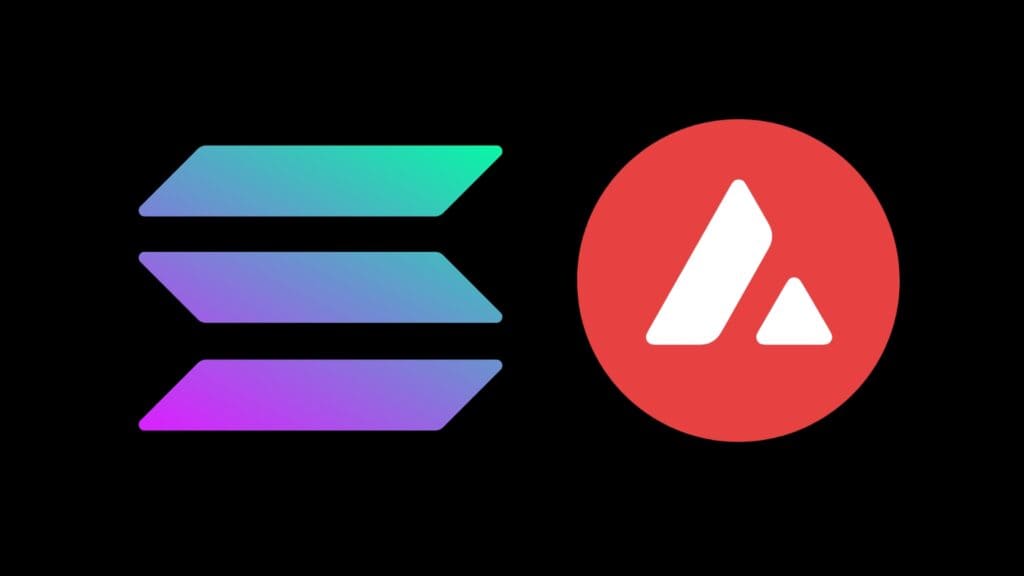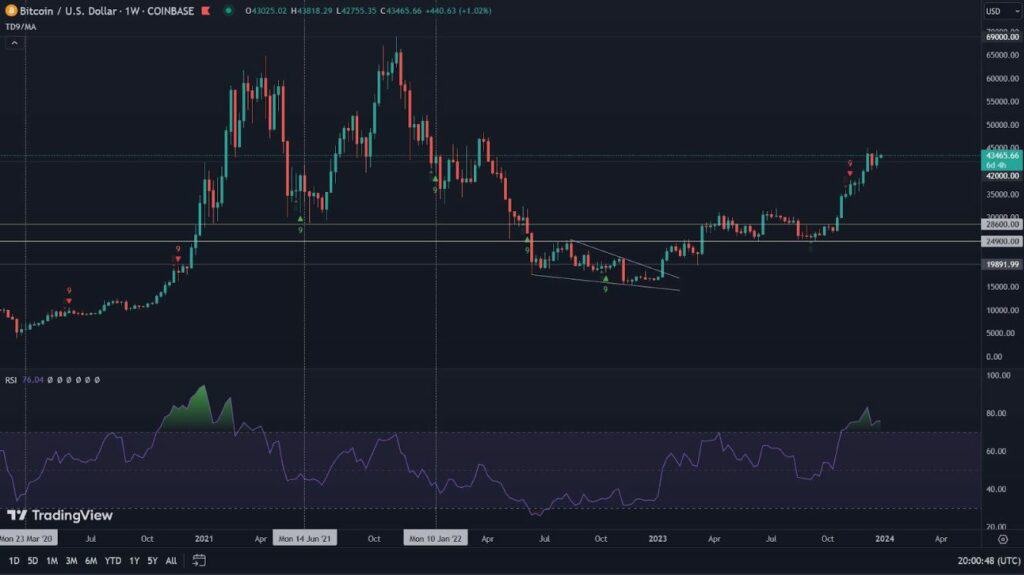In this article, we will explain what a 51% attack is in the context of cryptocurrency.
A distributed network = a secure network?
When discussing the 51% attack, we must start by considering how systems based on blockchain technology work. One of the most important advantages that this technology has is its decentralised nature. This is because the network is distributed, so that data is verified and built using all its nodes. In practice, this means that in order for a transaction to be accepted, all network participants must agree. This ensures security, as all nodes in the network regularly have to reach a so-called consensus on the mining process, the value of the transaction, the version of the software used and so on. Looking at the blockchain network through the prism of dispersion, we can come to the conclusion that it is very difficult to launch any attack on it. This is why the 51% attack was invented. In the next paragraph, we explain what exactly it is all about.
What is a 51% attack?
A 51% attack is when one person or one organisation controls more than half of the total computing power of a network. We already know that the blockchain network is maintained thanks to nodes scattered around the world that work together all the time to reach consensus. At the same time, miners are constantly competing with each other as to which one of them will solve the mathematical puzzle and mine the next block faster. The person potentially holding 51% of the computing power is able to mine the next block faster and not publicly announce their mining. This can lead to the blockchain splitting in two.
What are the consequences of a 51% attack?
If the 51% attack is successful, in extreme cases, the attacker may even use the network for their own purposes, but may also, for example, try to reverse the transaction, leading to so-called double spending. He can also prevent specific miners from digging more blocks and have a monopoly on block mining on a given network.
Past 51% attacks
Although a 51% attack seems almost unlikely, it has succeeded at least a few times in the past. One of the currencies that suffered through this attack was Ethereum Classic in 2019. Back then, miners led to a situation where the equivalent of $1.1 million, or as much as 220,000 ETC, was double-spent (the aforementioned double-spending problem)! Another 51% attack with dramatic consequences was the one carried out a year earlier, in 2018, on the Verge cryptocurrency. This was one of the largest attacks in history, as as many as 560 thousand blocks were rearranged, wiping out almost 200 days of transactions on the blockchain. As we can see, nothing will stop attackers from launching more attacks on cryptocurrencies. And while some of them are successful, fortunately they are the vast minority.


















